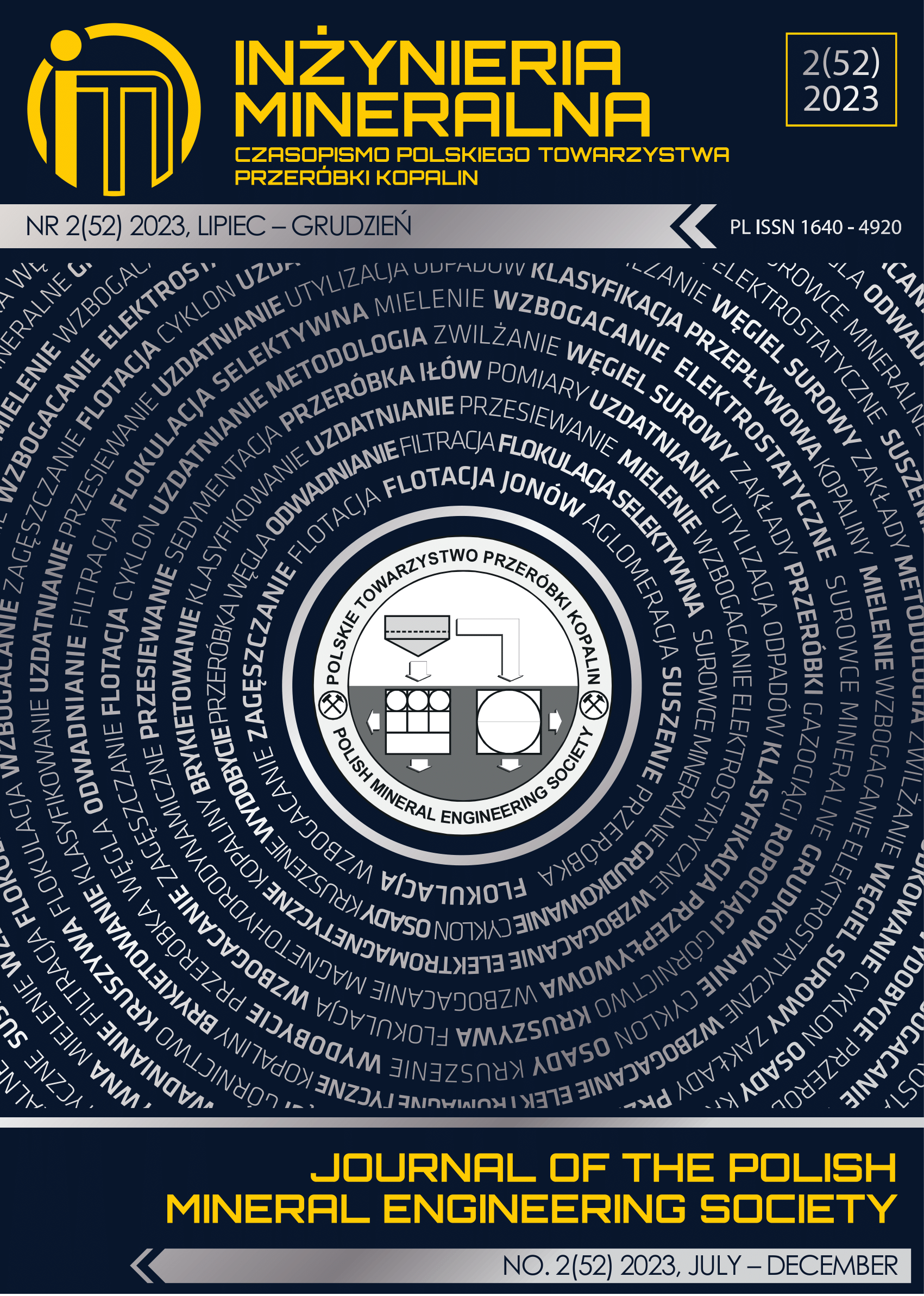Numerical Study on Effects of Airflow Parameters on the Air Temperature the at Mechanized Longwall of Mongduong Coal Mine
Abstract
The increasing depth of extraction and the degree of mechanization leading to the risk of workers working in poor microclimate conditions
has become one of the major safety issues in coal mines. During the survey of the current microclimate in Mongduong coal mine, it showed
that the temperature of the mechanized longwall exceeded the permissible regulations (t°≤ 30°C), the air humidity is about 95–100%. The
reason for the increase of air temperature in longwall is due to geothermal, heat radiated from the longwall equipment and the inlet wind
high temperature. To improve the thermal environment in the mechanized longwall area, Vietnam's coal mines open use ventilation,
but the efficiency is not high. Therefore, the paper evaluated the influence of airflow on the temperature of the longwall, 7 models with
different air flow velocities and 3 models with inlet air temperature have been created in ICM-CFD and simulated by Ansys CFX software.
The environment temperature of each model was evaluated by analyzing the average temperature of the roadway section, the cross-section
distribution of the roadway temperature and the velocity streamline of the whole roadway. As a result, the air flow rate increases leading to
the air temperature in the longwall decreases, however the wind speed is limited. The inlet temperature of the gas stream is an important
factor that affects the thermal environment in the longwall. The results of the article are the basis for making solutions to improve the
thermal environment suitable for high-temperature longwall.
Copyright (c) 2023 NGUYEN THI Hong,NGUYEN VAN Quang

This work is licensed under a Creative Commons Attribution-ShareAlike 4.0 International License.
This journal permits and encourages authors to post items submitted to the journal on personal websites or institutional repositories both prior to and after publication, while providing bibliographic details that credit, if applicable, its publication in this journal.







.png)
